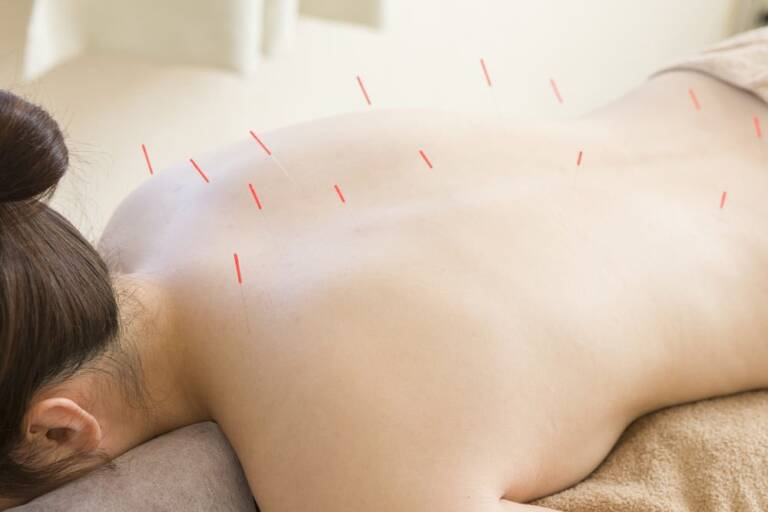

Complementary medicine encompasses a whole host of disciplines from a wide variety of cultures.
Many complementary medicine methods have been in use for centuries, if not millennia.
Unlike alternative medicine, which is generally used in place of traditional Western medical diagnosis and treatment techniques, complementary medicine is designed to work with and enhance traditional Western medicine.
One of the areas in which this is most effective is in pain management.
Many people dealing with chronic pain or recovering from accident, illness or surgery prefer not to use pain-masking drugs to manage their pain. This may be due to issues of addiction, religious or spiritual beliefs or the simple desire to be present in their bodies no matter what is happening to it.
Whatever the reason for choosing not to rely solely on, or even utilize, the common Western tradition of taking medicines to mask pain, there are three disciplines in complementary medicine that can help you manage your pain and improve the quality of your life.
1. Acupuncture
Acupuncture, which is the art of placing extremely thin needles at strategic points on your body, has been practiced in China for thousands of years. Chinese practitioners explain this method by stating that the energy in your body, which is called your qi (pronounced “chee”), sometimes becomes imbalanced. This can occur for many reasons, among them injury or illness.
Placing the ultra-thin acupuncture needles carefully and precisely according to your personal needs and the condition of your body re-balances your qi, removing pain and restoring healthy vitality.
Western medicine explains the positive results obtained through acupuncture by stating that placing the needles in these strategic acupuncture points stimulates your nerves, muscles and connective tissues. This increases your blood flow and can block nerves from transmitting pain signals, which ramps up your body’s production of its natural painkilling hormones.
Whichever interpretation of the procedure you choose to adhere to, if you are looking to manage your pain without drugs, acupuncture can help.
Discuss using the complementary therapy alongside your traditional approach with your physician, and check your local listings for licensed acupuncturists in your area if your GP does not have a list of acupuncturists with whom he or she works.
2. Spinal Manipulation
Manipulation of the spine is done not only by chiropractors and physical therapists, but also by osteopaths, naturopaths and some medical doctors. Spinal manipulation restores mobility to the spine through massaging the muscle tissue that supports your spinal column as well as readjusting the individual joints that line up together.
Pain is often caused by injury to the muscles of your back. When muscles are injured, they often seize up, becoming tighter on one side than on the other. This misalignment can compress or stretch nerves, causing pain.
Easing inflammation and stiffness and realigning your spinal column to its more flexible, natural state can go a long way toward easing pain in your back, as well as the referred pain in other parts of your body resulting from being out of alignment.
When receiving spinal manipulation, ask your practitioner for exercises to help strengthen the muscles in your core, which help to support your spine, and learn proper procedures warming up your muscles before any sort of exertion.
3. Deep Breathing
The least invasive, most natural and most convenient complementary approach to pain management is deep breathing. Most adults take between 12 and 18 breaths every minute, which keeps your sympathetic nervous system stimulated.

Understanding and adopting one or all of these three complementary methods of pain management can help you to manage your pain without the use of narcotics, barbiturates or other commonly prescribed Western medications.

